Forage crops are crops of cultivated plants or plant parts and separate grains, which are grazed or harvested for use as fodder for animals. Forage crops provide the basis for sustainable agriculture. Forage crops can be an essential resource for producers, provided the right crop is selected, requiring careful management to ensure that the crop is in its most productive and nutritious stages of development.
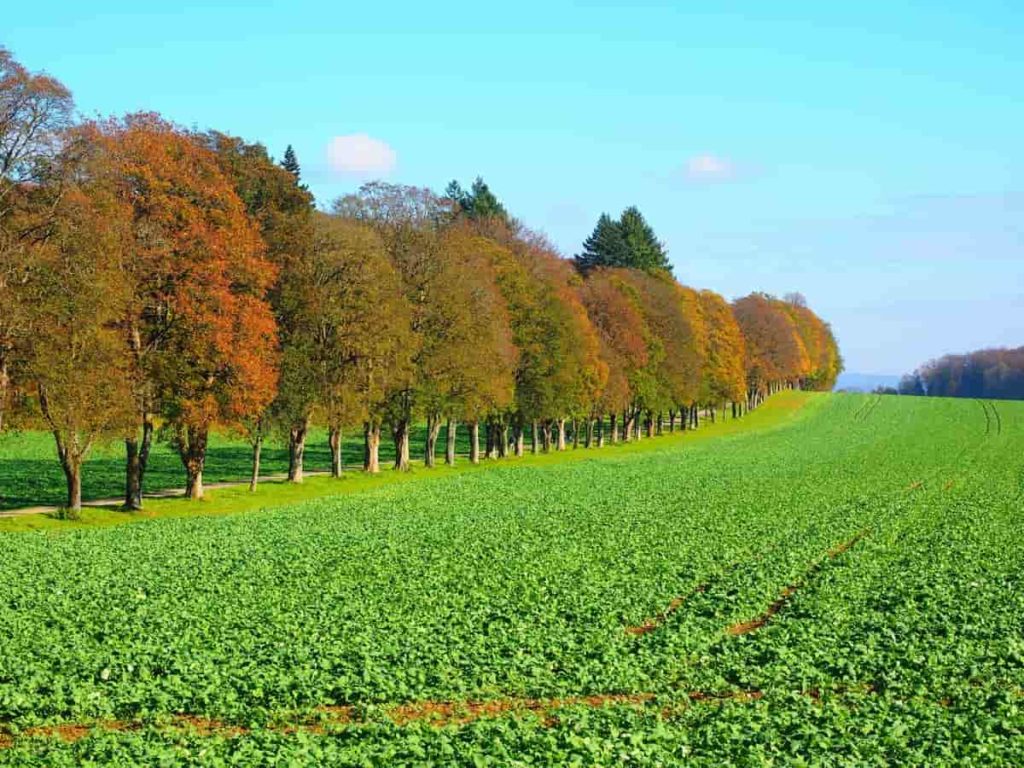
Pests and diseases should also be managed to reduce their impact on productivity. Finally, a good grazing strategy is essential to maximize the productivity of the fodder crop. Forage crops can be grown exclusively for grass or silage production or grazed before allocating for fodder conservation. Fertilizing hay and pasture fields to accelerate plant growth is expected to increase fodder production significantly. Let’s check out the best fertilizer for Forage/Fodder crops.
Fertilizer is essential for improving forage production
The use of fertilizers is an essential factor in producing good forage and maintaining the productivity of the soil over the years. Nitrogen (N), Phosphorus (P), and Potassium (K) are required in most fields to support forage production. Fertilizer has always been a significant production cost whether growing Corn, Cotton, or Pasture Forage. Unfortunately, fertilizer prices have skyrocketed over the past few decades.
Commercial fertilizers are the most expensive input in the production of warm weather fodder. Yields obtained on specific soils will vary according to the soil’s ability to provide available moisture and nutrients to the plant. Forage plants need nutrients to grow, and different forage plants have different levels of nutrients.
Compared to grain crops developed for higher seed starch, forage crops often require N because of their increased growth, storage capacity, and higher fiber content. For forage crops, leaf tissue biomass is harvested instead of grains/roots/tubers. When setting the forages, phosphorus fertilizer is most effectively applied by tying the seed one inch to the side and one inch down.
In case you missed it: Green Fodder Importance in Dairy Milk Production
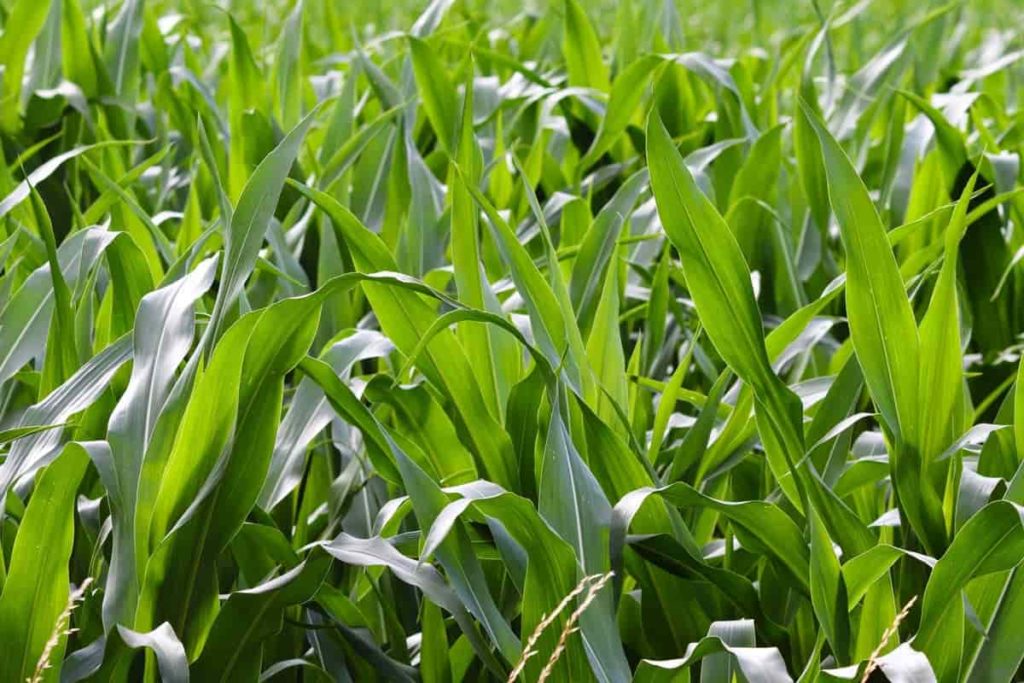
If phosphorus cannot be used, apply it and all other fertilizers to the soil before sowing. Nitrogen (N) fertilizer is considered an indirect energy consumption in agriculture, increasing with increasing forage production. Increasing demand for forages will also result in:
- Increasing demand for food as the human population continues to grow, and
- Increasing purchasing power which increases the tendency to buy animal products.
Fertilizing forage can result in many non-economic payments, including:
- Better livestock profits;
- Low risk of weed attack
- Less susceptible to disease or pest infections; and
- Better protection from wind and water erosion
Increasing production can also help improve forage delivery, which can be crucial in times of drought.
An effective forage fertilization program
Proper management of manure and grazing increases the productive life of the pasture. An efficient forage fertilization program increases the profitability of forage production while maintaining soil productivity for future generations. The following is an outline of the basic aspects of an effective forage fertilization program;
- Determine the soil production group for each field.
- Highly productive soils will effectively use higher rates of fertilizers due to higher yields and nutrient depletion.
- N improve forage quality.
- Apply N to grass according to soil productivity and rainfall during the season. Increase the performance of split applications.
- Choose the right fertilizer to provide only the essential nutrients at the lowest cost.
- Analyze the fertilizer and give proper credit for the nutrients.
- Test the soil regularly and maintain soil test level records.
- Apply P and K according to soil testing recommendations and yields obtained.
- Apply fertilizers and fertilizers evenly to get maximum benefit.
- Meet your fertilizer dealer before the season, so you need to be an effective fodder maker to get fertilizer content.
Choosing the most appropriate fertilizer source for forage crops
Several fertilizer sources are available commercially to provide N, P, K, and micronutrients to forage crops. When choosing the right source of fertilizer, it is essential to consider important factors such as cost, fertilizer effectiveness, method, and application rate. Fertilizing hay and pasture fields to accelerate plant growth is common to increase fodder production significantly. It is an excellent management exercise if the application is made according to the soil test results and the expected yield of the crop.
In case you missed it: Hydroponic Fodder For Dairy, Goats, Poultry, Livestock
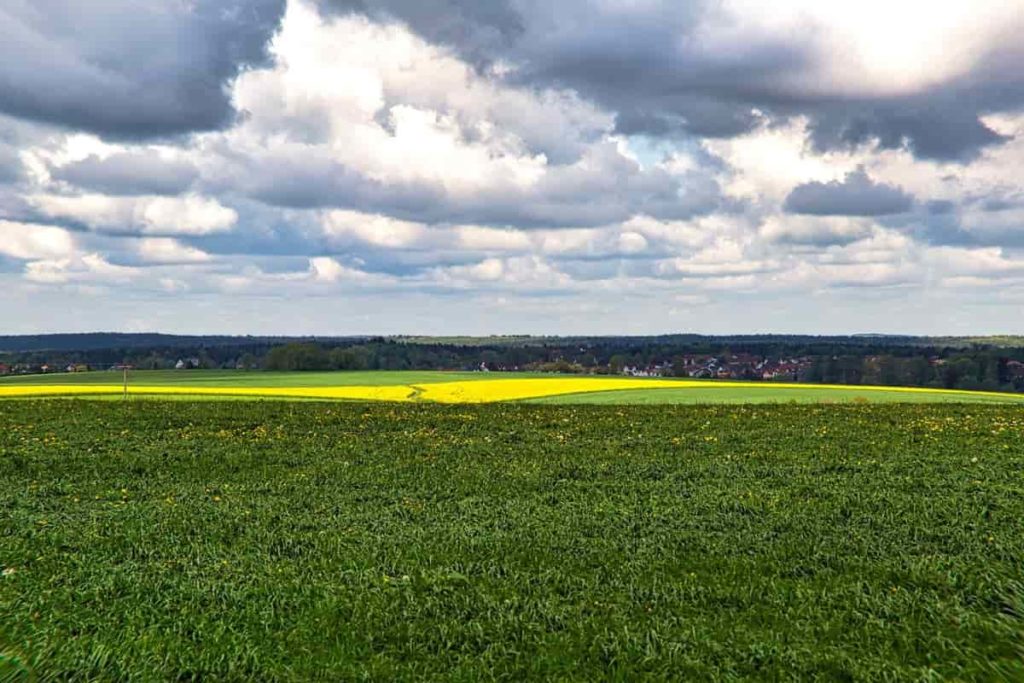
Consumption of more nutrients recommended by soil tests can be costly and harmful to the environment. Nitrogen and phosphorus represent the most limited nutrients in the tropics. Forage grasses are pretty responsive to N-fertilizer. Its use may increase the number of crude proteins (CP), tallows, and leaves, and consequently, an increase in dry matter (DM) production, as other production factors are not limited.
Nitrogen fertilizers in forage grasses have shown low efficiency in subtropical climates. Therefore, increase the efficiency of fertilizers in forage grass; keep in mind that the concepts for the use of fertilizers include the right place, right source, right rate, and the right time (4R), nutrient stewardship, and use of best management practices (BMPs).
Best fertilizer for Forage/Fodder crops
Fertilizer application time and rate
Fertilizer should be applied when forage is actively growing. Nitrogen and K should be divided into multiple applications; after appearance and 30 to 50 days later. For meadows, N and K should be applied after each harvest. As soon as the field allows the goods to travel, spring fertilizer should be applied. The most common method of using nitrogen on existing stands is broadcasting.
It is best to fertilize a low acre at a higher rate (45-55 lbs. N / acre) than an acre at a lower rate (18 – 27 lbs. N / acre) but at a higher rate of 180 lbs. N / acre or more of forage can cause a toxic nitrate concentration in the grass. Phosphorus is recommended to apply the fertilizer to existing stands only where possible. Although potassium deficiency is rare, K can be transmitted live on forage stands. Like nitrogen, sulfate is a relatively active nutrient so ammonium sulfate fertilizers can be spread on fodder stands.
How to fertilize forage for increased yield
Forage crops produce far more nutrients from the field than cereal crops because most surface growth is removed as hay. Annual grain crops generally recycle the nutrients found in straw and roots in the field, exporting only the nutrients found in harvested grains.
Soil Testing – To understand the nutrient levels in the field, farmers should test the soil in late autumn or early spring. Farmers should take samples at zero to six and six to 24 inches. The percentage and variety of pods in the stand should be identified when testing the soil to obtain a more effective fertilizer recommendation.
The shallow depth gives a good idea of nutrient levels near the surface (especially P and K) while increasing the depth from zero to six will provide a sense of N and S levels at depth. Test all soil fields regularly, i.e., every 2 to 3 years, and apply lime according to soil testing recommendations. Apply lime according to soil testing recommendations. Without lime, the soil pH will not increase, and there is no reason to wait for the application of lime once the requirement has been determined.
Excessive use of lime is costly and may result in a reduced availability of micronutrients. Finally, apply lime evenly to get the most benefits. Unequal use will result in lower pH areas and lower yields in those areas. Areas that receive more applications will not increase production.
In case you missed it: Fodder Crops For Dairy Cattle, Guide For Dairy Feed
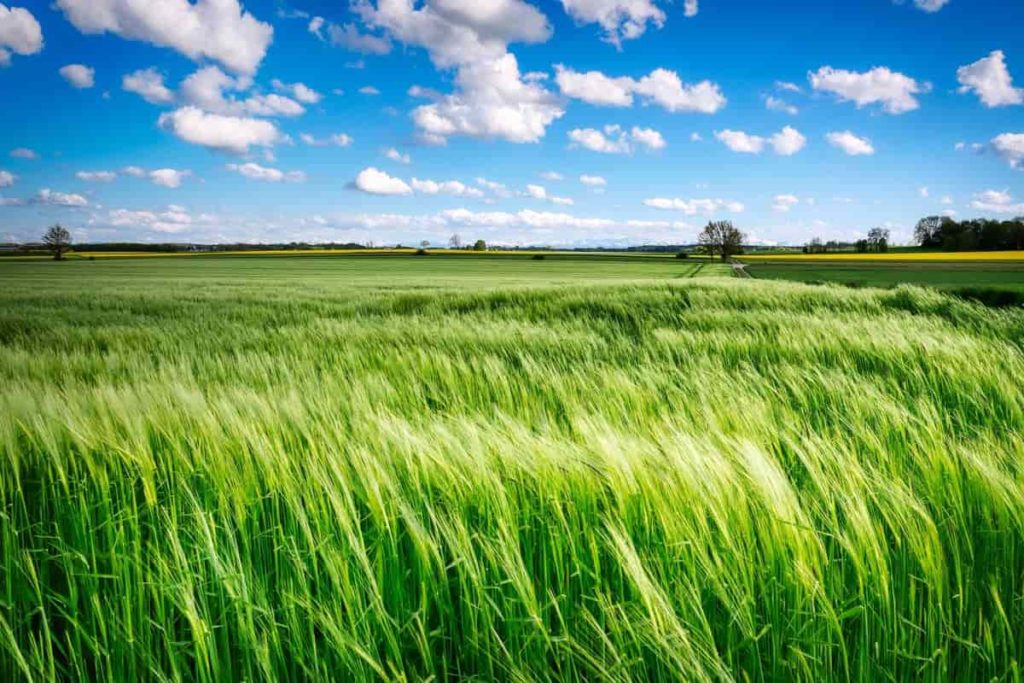
Nitrogen Fertilizer – The nitrogen fertilizer strategy depends on the proportion of fruit in the grass stand. N fertilizer will suppress N fixation because plants and soil organisms will preferably have access to the most readily available form of nitrogen. If fertilizer N is readily available, it usually means that rhizobium will reduce nitrogen fixation.
In addition, N fertilizer stimulates grass production, which can compete with the fruit in the stand and reduce the longevity of alfalfa in the mixed fodder stand. Ammonium sulfate is another source of fodder production when economically available. Ammonium sulfate also has the added benefit of providing sulfur to the crop.
Recommendations for P, K, and S – Recommendations for adding P, K, and S should follow soil testing guidelines. Annual use of P2O5 fertilizer is reasonably practical, and if P is limiting production, a yearly maintenance rate of 20 to 40 pounds per acre of P2O5 will help meet crop removal requirements. P and K Broadcast Application is efficient. Alfalfa can produce a dense mat of fine-rooted hair near the soil’s surface, which can use P applied to the surface.
Apply phosphorus and potassium fertilizers as per soil test recommendations. These recommendations increase soil fertility levels when soil samples show low levels and maintain high levels when high fertility is achieved. However, the fodder removes much more K than P, and thus when higher levels of P and K are obtained, maintenance fertilizer usually requires more K than P.
Management of phosphorus and potassium for fodder should be based on a regular soil testing program. The aim is to maintain the soil test level as high as possible. Soil testing recommendations are designed to achieve this goal by estimating the rate of removal of crops from the field and recommending the application of equal amounts of nutrients. Since expected yields determine crop removal, it is essential to include reasonable estimates of expected yields when collecting soil samples.
Too much or too little estimate of expected yields can lead to significant errors in fertilizer recommendations. The timing of phosphorus and potassium for forage depends on the situation. Fertilizer application time is not essential when the soil test level is maximum and recommendations are low. It can be applied after a single cut or in the fall. In this case, there is no point in dividing fertilizer use.
These common recommendations for maximum testing soil only replace the thing that will remove the crop so that the test levels are still within the best range for next season. When higher fertilizer rates are recommended, it may be beneficial to distribute the application, some after the first harvest and the balance in the fall.
Many plants get potassium whether they need it or not. If all the fertilizers are applied simultaneously, the next harvest may take longer than required, and later, there may be a crop shortage. Distributing the application improves potassium utilization efficiency, reducing luxury consumption there. Also, if the soil test level is so low, it can be highly recommended, especially for potassium.
Commercial fertilizers and manures
Commercial N-P-K fertilizers provide the nutrients available to plants according to their nutrient content. Fertilizers and other organic nutrient sources include readily available N and gradually available N and P, K, and sulfur (S). Therefore, fertilizers are the best source of nutrients and should be analyzed and used according to their nutrients.
Poultry litter, for example, usually contains approximately the same amount of P as N, and thus low P is an excellent material for making P levels in the soil. Extension agents and nutritionists can arrange fertilizer analysis and make recommendations on the proper use of these materials.
In case you missed it: Hydroponic Green Fodder Production Guide
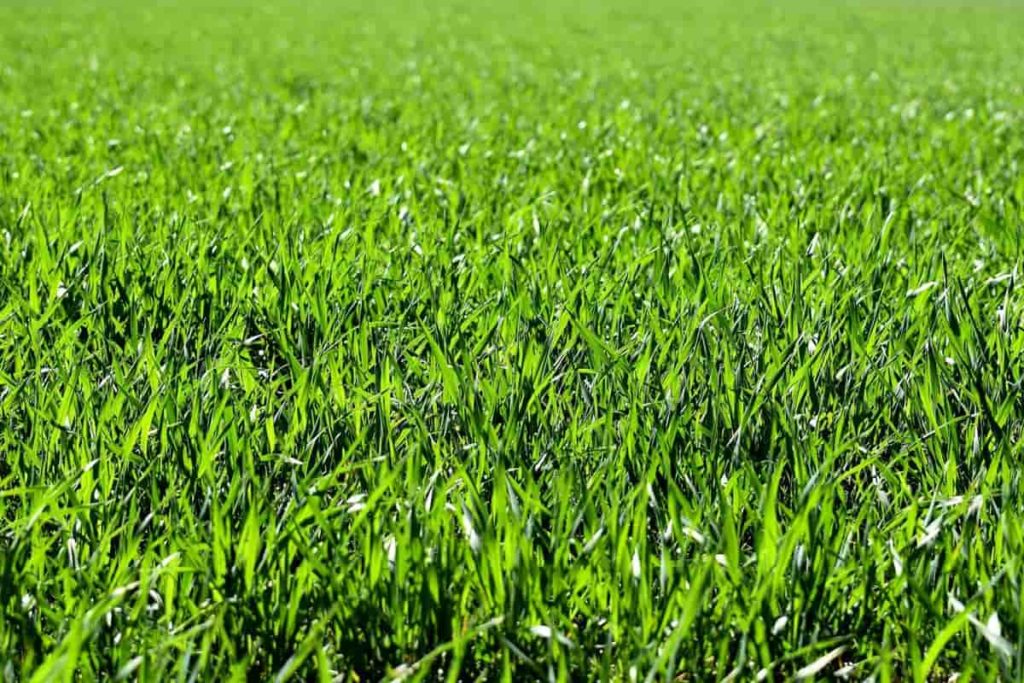
Commercial Nitrogen Fertilizer Sources – Many commercial N fertilizer sources are available for use on forage crops. These are;
- Ammonium nitrate
- Urea
- Dry granular
- Ammonium Sulfate
- Urea-Ammonium Nitrate Solution (UAN)
Commercial phosphorus fertilizer sources – Several commercial phosphorus fertilizer sources are available for forages.
- Diammonium phosphate
- Monoammonium phosphate
- Triple Super Phosphate
- Ammonium polyphosphate
- Ammoniated Superphosphates
- Rock Phosphate
- Manures
Commercial potassium fertilizer sources – Several commercial K fertilizer sources are available for use on forage crops.
- Potassium Chloride or Muriate of Potash
- Potassium Sulfate
- Potassium Magnesium Sulfate
Plant tissue analysis for the management of established forages
Plant tissue analysis can be a helpful tool for managing the nutritional status of an established perennial fodder crop. Plant analysis is usually an autopsy program for annual plants. However, with perennial crops, like most forages, plant analysis can provide very timely information that can be used to adjust the fertility management of an established crop. There are several roles for better management of plant analysis fodder.
Since the soil test only determines the nutritional status of the surface soil, plant analysis can complement the soil test as it monitors the nutritional status of the entire root zone. Finally, plant analysis is currently better than soil tests to determine the micronutrient status. The plant analysis results for fodder crops are generally used in two ways. First, they are used to diagnose production problems.
In case you missed it: Green Fodder Production Information Guide
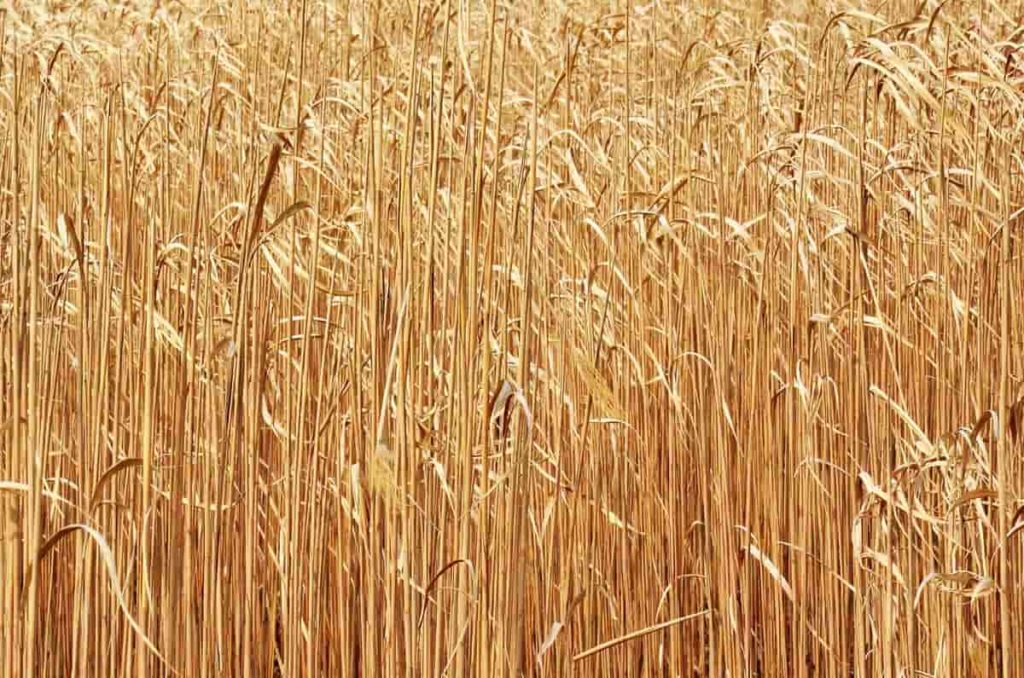
Samples are collected from the problem area and nearby areas where the problem is unclear. A comparison of the results of these two samples will generally lead to a straightforward diagnosis of the nutrition problem. Samples must be taken continuously. For the comparison to be accurate, the same part of the plant should be sampled at the same stage of development. Another common use of plant analysis is routine monitoring of crop nutrition.
In this type of program, the plant nutrient level is compared with the principles established for the maximum yield of the crop. When comparing the values of plant analysis with these economic levels, the right part of the plant should be sampled at the appropriate stage of development.
- Economical Aquaculture: A Guide to Low-Budget Fish Farming
- 15 Common Planting Errors That Can Doom Your Fruit Trees
- How to Make Houseplants Bushy: Effective Tips and Ideas
- Innovative Strategies for Boosting Coconut Pollination and Yield
- Pollination Strategies for Maximum Pumpkin Yield
- The Complete Guide to Chicken Fattening: Strategies for Maximum Growth
- Natural Solutions for Tulip Problems: 100% Effective Remedies for Leaf and Bulb-Related Issues
- Revolutionizing Citrus Preservation: Towards a Healthier, Greener Future
- Natural Solutions for Peony Leaf and Flower Problems: 100% Effective Remedies
- Maximizing Profits with Avocado Contract Farming in India: A Comprehensive Guide
- Natural Solutions for Hydrangea Problems: 100% Effective Remedies for Leaf and Flowers
- The Ultimate Guide to Choosing the Perfect Foliage Friend: Bringing Life Indoors
- From Sunlight to Sustainability: 15 Ways to Use Solar Technology in Agriculture
- The Ultimate Guide to Dong Tao Chicken: Exploring from History to Raising
- The Eco-Friendly Makeover: How to Convert Your Unused Swimming Pool into a Fish Pond
- Mastering the Art of Delaware Chicken Farming: Essentials for Healthy Backyard Flocks
- 20 Best Homemade Fertilizers for Money Plant: DIY Recipes and Application Methods
- How to Craft a Comprehensive Free-Range Chicken Farming Business Plan
- Brighten Your Flock: Raising Easter Egger Chickens for Beauty and Bounty
- How to Optimize Your Poultry Egg Farm Business Plan with These Strategies
- Subsidy for Spirulina Cultivation: How Indian Government Schemes Encouraging Spirulina Farmers
- Ultimate Guide to Raising Dominique Chickens: Breeding, Feeding, Egg-Production, and Care
- Mastering the Art of Raising Jersey Giant Chickens: Care, Feeding, and More
- Ultimate Guide to Raising Legbar Chickens: Breeding, Farming Practices, Diet, Egg-Production
- How to Raise Welsummer Chickens: A Comprehensive Guide for Beginners
- How to Protect Indoor Plants in Winter: A Comprehensive Guide
- Ultimate Guide to Grow Bag Gardening: Tips, Tricks, and Planting Ideas for Urban Gardeners
- Guide to Lotus Cultivation: How to Propagate, Plant, Grow, Care, Cost, and Profit
- Agriculture Drone Subsidy Scheme: Government Kisan Subsidy, License, and How to Apply Online
- Ultimate Guide to Raising Araucana Chickens: Breed Profile, Farming Economics, Diet, and Care
- Bringing Hydroponics to Classroom: Importance, Benefits of Learning for School Students
- Ultimate Guide to Raising Polish Chickens: Breed Profile, Farming Economics, Diet, and Care
- Ultimate Guide to Raising Australorp Chickens: Profile, Farming Economics, Egg Production, Diet, and Care
- Silkie Chicken Farming: Raising Practices, Varieties, Egg Production, Diet, and Care
- Sussex Chicken Farming: Raising Practices, Varieties, Egg Production, Diet and Care
- Homemade Feed Formulations for Livestock: Discover Cost-effective Starter to Finisher Feed Recipes